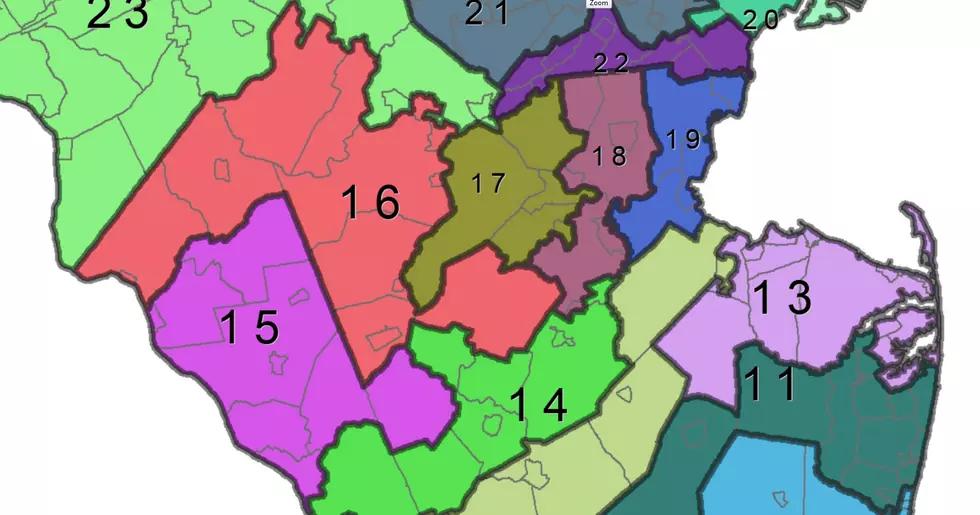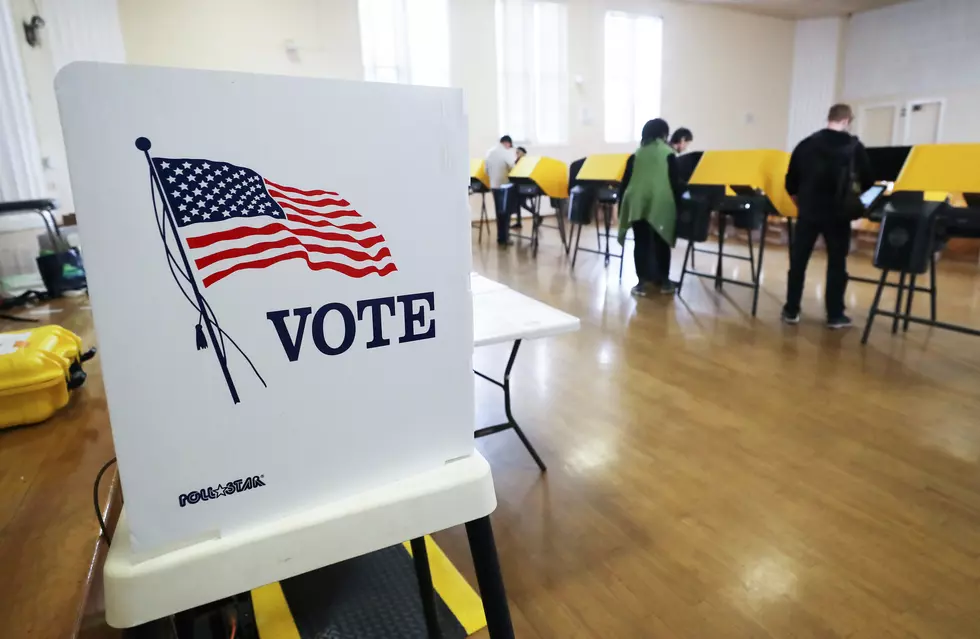
A Guide to Fair Elections? A Plan for Redistricting in NJ
Academics from five universities are recommending a number of ways to improve how New Jersey redraws the boundaries of its 40 legislative districts after the once-a-decade census.
The recommendations were developed by officials from Monmouth, Montclair State, New York, Princeton and Rutgers universities who have been involved with redistricting reforms efforts in New Jersey and nationally.
The group suggests retaining the current bipartisan commission structure of five Democrats and five Republicans, rather than move to an independent commission, but to increase the number of independent members appointed by the Supreme Court chief justice from one to three.
It would create map-making guidelines though not a specific formula, increase opportunities for public comment and extend the period for input – in part, by delaying the primary by two months.
“We see this proposal as a bold but realistic acknowledgement of where New Jersey is and where it can possibly go,” said Patrick Murray, director of the Monmouth University Polling Institute.
“We kept the existing bipartisan structure rather than proposing an independent commission because we understand the realities of New Jersey. We understand the realities of home rule and the need to preserve municipal boundaries,” he said. “So it’s a plan that is bold and pushes the envelope but still recognizes the reality that is New Jersey politics.”
Last year, Democratic lawmakers briefly pursued making changes to redistricting that would have apparently had the effect of locking in a permanent majority for the party in the Legislature. Those changes were not enacted but sparked a renewed interest in other possible reforms.
“After some legislators tried to push through an ill-conceived plan to change how our legislative districts are drawn last year, a group of academics from the area got together and said, ‘We have to be involved in this.’ There are better ways to do this – and ways that respect New Jersey’s political culture but also look forward to improving the process,” Murray said.
“That just took on added importance after the Supreme Court basically said anything that has to do with gerrymandering has to be taken care of at the state level, not the federal level,” Murray said. “So it became extra important for us to come together with a plan that made sense for New Jersey.”
Sam Wang, director of the Princeton Gerrymandering Project, said New Jersey established one of the first redistricting commissions but that other states have since gone further.
“Now that a dozen other states have adopted commissions, we can learn from their experience. If we implement those lessons, we can give all groups and parties a fair shot at representation in Trenton,” Wang said.
Murray said one big complaint from legislators during last year’s debate is that they didn’t like “being subject to the whim of one individual tiebreaker.” That could be changed by adding another two, he said.
“Therefore it’s much more likely that we are going to have a consistent refereeing process with three independent members who have to come together and guide this process,” Murray said.
The commission would then have 13 members, but the report suggests that the vote to approve the map should require a supermajority of eight votes in favor, rather than a simple majority of seven.
“What we’re proposing is that there needs to be some sort of majority plus one, which would either mean the map has bipartisan support or that one party has been able to convince all three independent members that their map is acceptable and reflects the constitutional provisions that we’ve proposed,” Murray said. “And either way, that means that we’re going to have a much more deliberative process in terms of developing this map, rather than just simply each party trying to win over the whims of one individual member.”
The report suggests that the commission’s members be appointed in October of a census year, which would be three to four months before the population counts would be available. That would allow it start hearings early to learn about the ‘communities of interest’ that should be preserved in the map.
The report then calls for additional opportunities for input throughout the process, including by making precinct and voting data available for people to develop their own proposed maps. That input would then continue right through another public hearing that would be held after a proposed map is finalized but before it is approved.
To allow the process to play out, the report suggests delaying the primary in redistricting years – meaning, 2021, 2031, 2041 and so on – from June to August.
“Concerns about turnout pale in comparison to the fact that this map, whatever it is, will lock in what the contours of the legislative election cycle will be for 10 years,” said Murray, who said that is done in Virginia, the other state with legislative elections in the year after the census is completed.
More From WPG Talk Radio 95.5 FM










